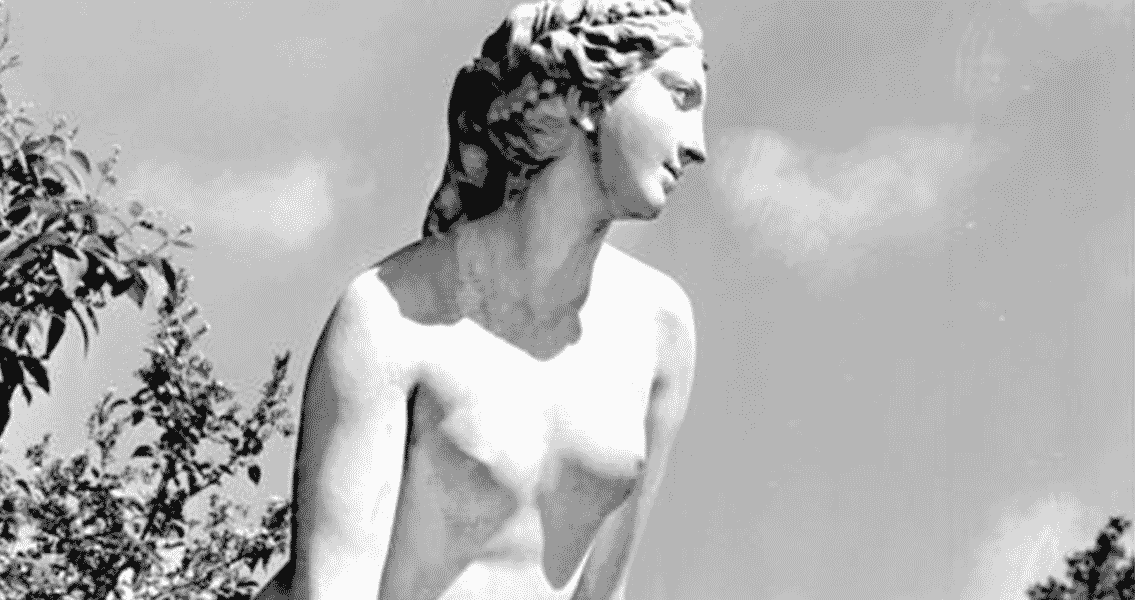<![CDATA[The 12cm statue has been hailed as a Palaeolithic 'masterpiece' by archaeologists. It depicts a woman with unnaturally large breasts and buttocks, although the head and arms are less detailed, the AFP news agency reported. Clement Paris, an archaeologist at the site, had been expecting to find flint and bone fragments, which are more usual from the time period. On the team's second day of fieldwork, however, they discovered a pile of limestone which did not appear to be natural. "That same night we carefully pieced together the 20-odd fragments and realised it was a female statuette," Paris told a press conference. Carbon dating revealed the statue to be around 23,000 years old. The fact that the statue is not a realistic depiction of the female form is not a reflection of the Palaeolithic artist's skill. Ancient statues with exaggerated physical features, commonly known as Venus figurines, were deliberately created with accentuated body parts. Around 100 such figures have been found in Europe, although they tend to be found further East; predominantly in Russia and central Europe. Others have been discovered in Siberia, showing that Venus figurines were created across Eurasia. Venus figurines, like the one recently found in Amiens, are some of the earliest works of prehistoric art. Very few Palaeolithic statues, however, have ever been found in northwest Europe. Nicole Phoyu-Yedid, the head of cultural affairs in northwest France, told the AFP, "The discovery of this masterpiece is exceptional and internationally significant." There is some debate about the function Venus figurines served. Dr Helen Benigni, an academic at Davis and Elkins College unconnected with the dig, has published research on Venus figurines. Dr Benigni suggests that the design of these statues shows an ancient archetype of a female higher power. The consistency of these featureless, large-breasted figures throughout a large area and over a long period of time shows, for Dr Benigni, an ancient connection between female reproduction and a supernatural creator. The archaeologists in Amiens seem to corroborate Dr Benigni's hypothesis. "The fact that the sculpture is not totally realistic shows the intent was to produce a symbolic image of a woman linked to fecundity," Paris said. It is very difficult, however, to say with any real clarity what Venus figurines represented. Some have been found which are 35,000 years old, and very little is known about the societies which produced them. As a result, they could have served any number of ritual, symbolic, or pornographic purposes. The discovery of a Venus statue in Amiens is another tantalising glimpse of ancient artwork. It provides further evidence that ancient humans had enough time and skill to create items of aesthetic value. That such discoveries are now being found in western Europe shows that stylised works of art were being created across the Palaeolithic world. Image courtesy of: BArchBot]]>
23,000 Year Old Statue Unearthed in France
